Kevin Hayes
Don’t always believe your eyes: How does context affect our understanding of news photos?
There is a popular idea that photographs are, in some way, factual documents. Even today, when most people are familiar with the concept of photoshopped, manipulated pictures, or even AI-generated imagery, a photograph accompanying a news story still maintains an air of authority and can lend credence to the report.
By combining my professional experience as a newspaper picture editor with analytical work by writers such as Roland Barthes and Stuart Hall, my dissertation examines how our understanding of what news photographs show can be (subtly) affected by the context they are placed in. Headlines, position on the page, captions, and the other pictures used alongside a news photo can change the reader’s interpretation of what an image shows.
Compare the coverage of a 2019 Extinction Rebellion protest which disrupted the Docklands Light Railway (DLR) at Canary Wharf Station.
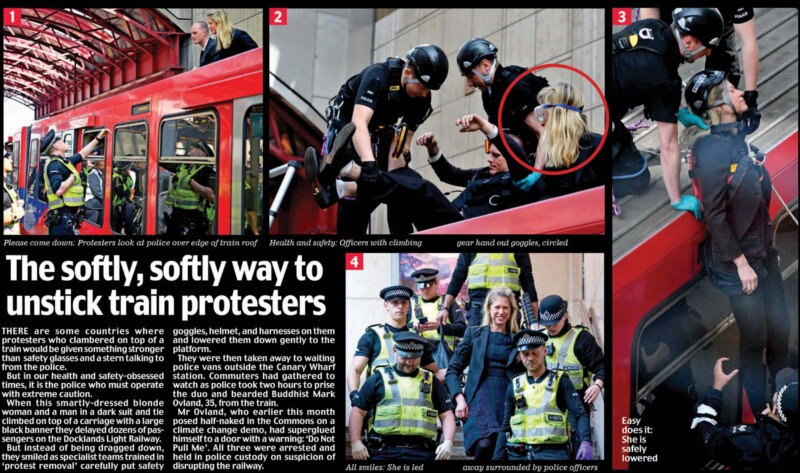
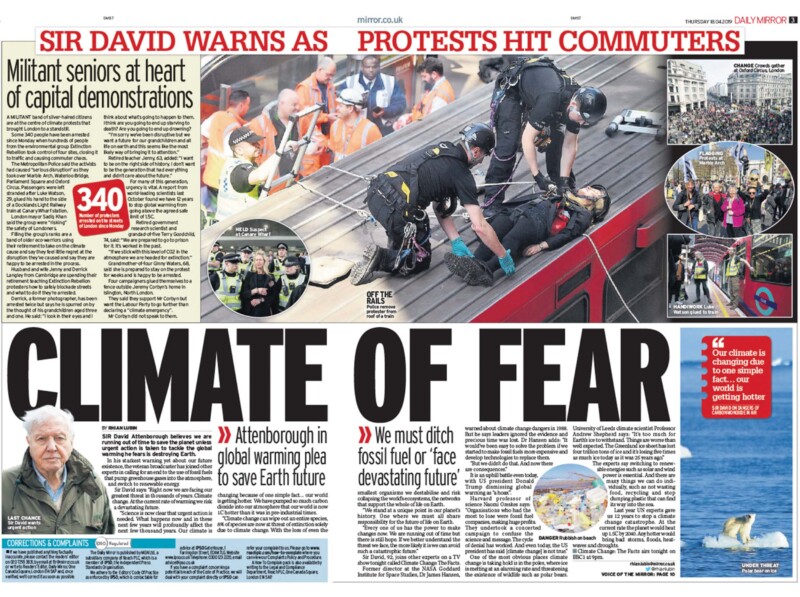
The Daily Mail’s story suggested that the protestors were frivolous (note the smiling arrest photo) and that the ‘health and safety’ conscious police were too soft on them. In contrast, The Daily Mirror’s coverage was more sympathetic, placed above a story on the dangers of climate change. Even the protestor who is smiling in The Mail’s coverage has a more serious expression in the picture used here.
As well as looking at pictures used in newspapers, it will also explore what happens to the meaning of news photos when they are displayed in art galleries or interpolated by artists into their work.
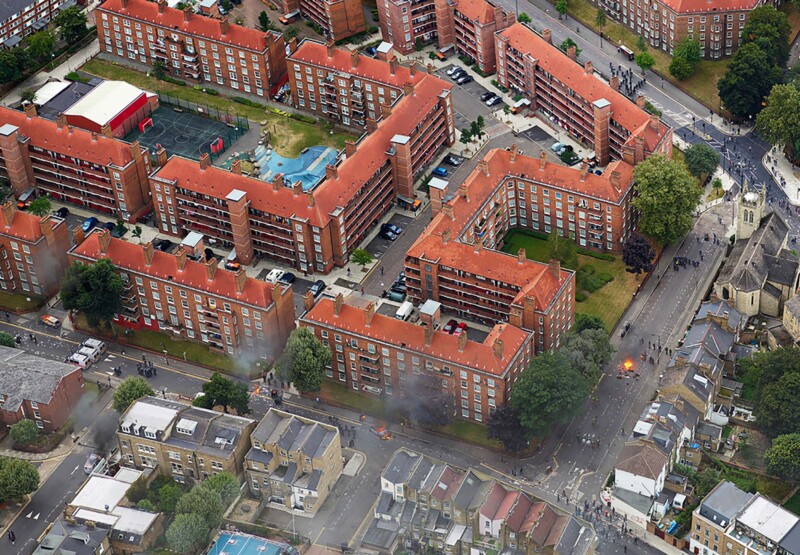
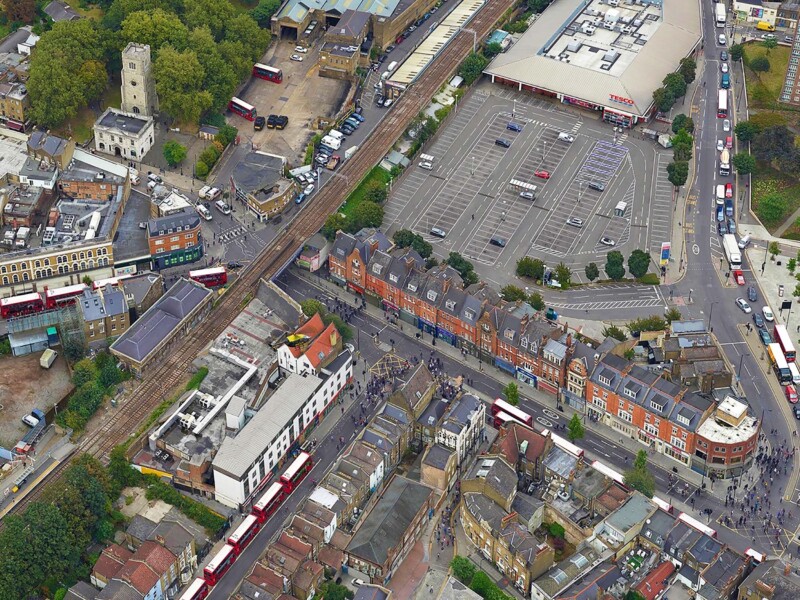
The 2011 London riots, sparked by the police shooting of Mark Duggan, served as inspiration for a pair of photorealistic images by Canadian artist Stan Douglas (above).
Douglas’ two large-scale works appear to depict high-level aerial views of an incident in Hackney, East London, on 9th August 2011, which saw 300 people clash with police. However, the images were constructed by Douglas over a period of four months, combining stills from contemporaneous news footage with social media imagery and his own photographs taken from a helicopter in 2017.
His pictures are formed of a patchwork of around 100 individual images created through technology — aptly, since, to the degree, the riots were organised at all, they were likewise done so technologically, through secure messaging apps. This patchwork idea also extends to the meaning (of both the events and the images). Douglas’ aim is to complicate our understanding of the events.
This stands in contrast with how the events were depicted at the time by newspapers, which presented very specific interpretations of events. The pictures they used conformed to some of the easily recognised tropes associated with riots (fire, property damage, masked youths, etc.) and are accompanied by loaded, unambiguous words which speak to their target audiences.
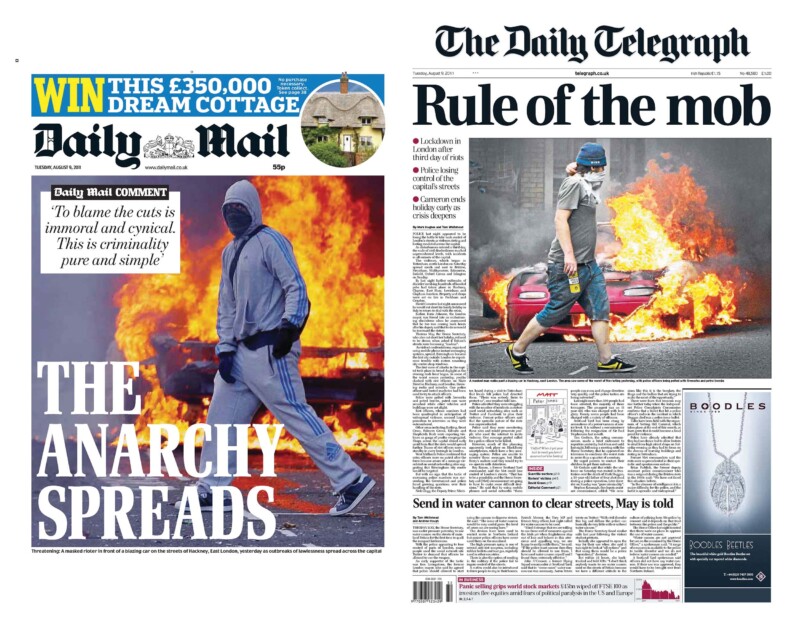
By exploring how news images impart meaning, this work aims to make readers question how they understand these pictures and decide when they should or should not believe what they see in news photos.
Contact Kevin Hayes
- hayeskevin@icloud.com
- Website
- https://linktr.ee/hoadtimes
- https://www.linkedin.com/in/misterhayes/
- @misterhayes